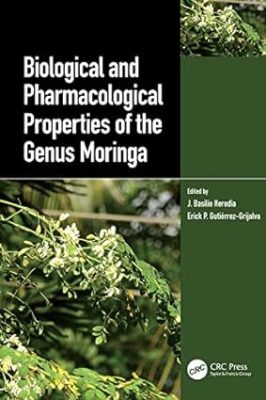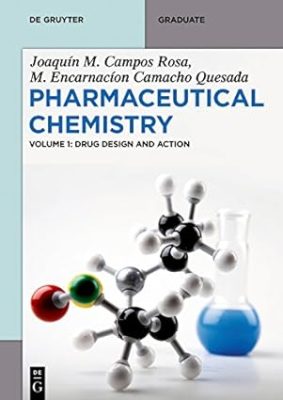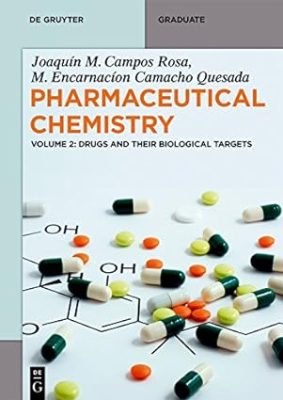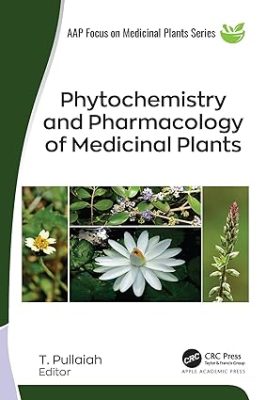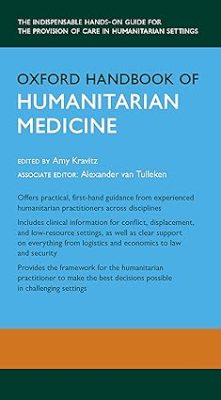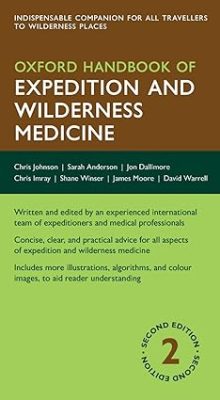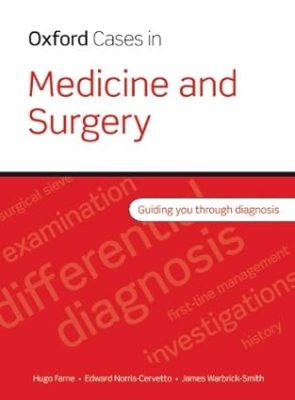Brody’s Human Pharmacology: Mechanism-Based Therapeutics 6th Edition
Focusing on the essential aspects of pharmacology you need to know, Brody‘s Human Pharmacology, 6th Edition, keeps you fully up to date with all that’s new in the field. Streamlined content, a new organizational approach, enhanced online components, and thoroughly updated information ensure your grasp of key concepts and prepare you for exams. Nearly 500 full-color illustrations explain important processes, while color-coded boxes for major drugs, therapeutic overviews, clinical problems, and trade names reinforce your mastery of the information.
The 6th Edition of this easy-to-use text is now fully up to date with:
- NEW chapter devoted entirely to pharmacogenomics and personalized medicine.
- NEW chapter on cannabinoids and their use for pain and other disorders, in light of recent legalization in many states.
- NEW chapters on recent developments in the treatment of Alzheimer’s disease, ADHD and the latest treatments for HIV.
- NEW section on pain management.
- NEW section in each chapter covering “Clinical Relevance for Healthcare Professionals” that provides important information specific to physical therapists, dentists and dental hygienists, and many other medical professionals.
Plus these student-friendly features:
- A new organizational approach, focusing on integration and systems-based learning.
- Contributions from leading faculty who cover the most important aspects of pharmacology necessary for a basic understanding of the subject, including concepts, clinical applications, and side effects.
- USMLE-style self-assessment questions at the end of every chapter, answers and rationales in the Appendix.
- Online access to Student Consult?where you’ll find the complete contents of the book, fully searchable…150 USMLE-style questions…and more.


